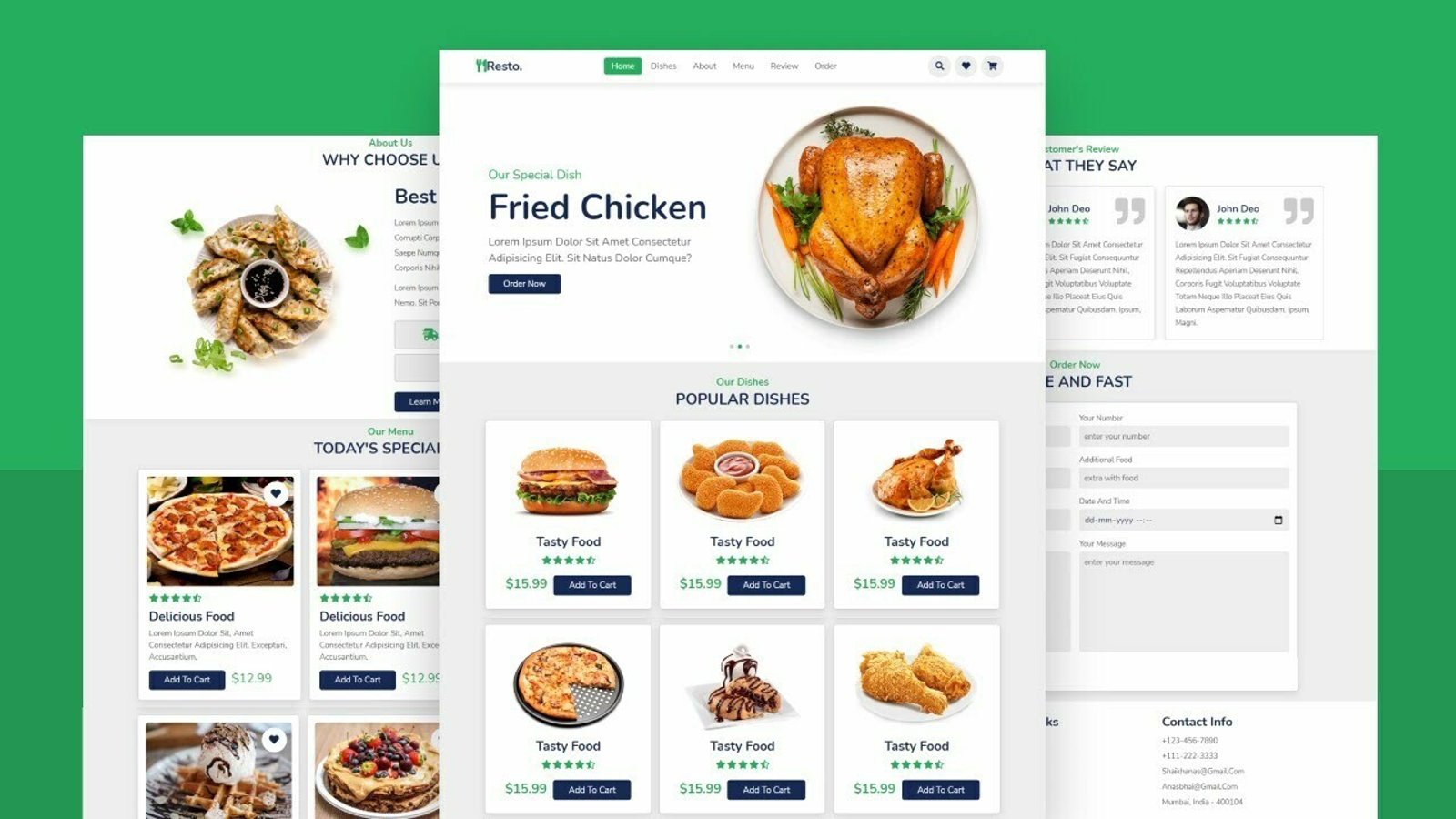Create a Personal Profile Page Using HTML
January 15, 2025
Learn how to build a simple personal profile page using only HTML. This project covers essential HTML elements like headings, paragraphs, lists, and links. Perfect for beginners who want to practice structuring web pages.





